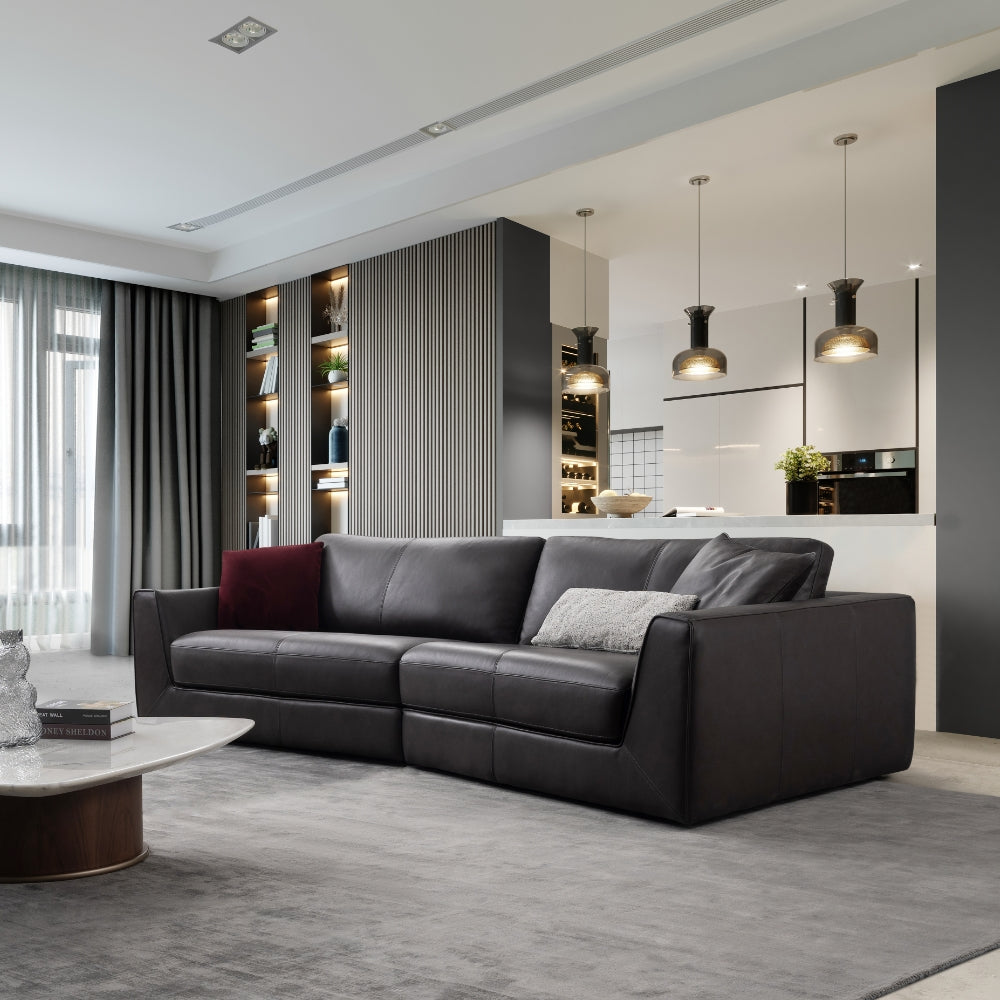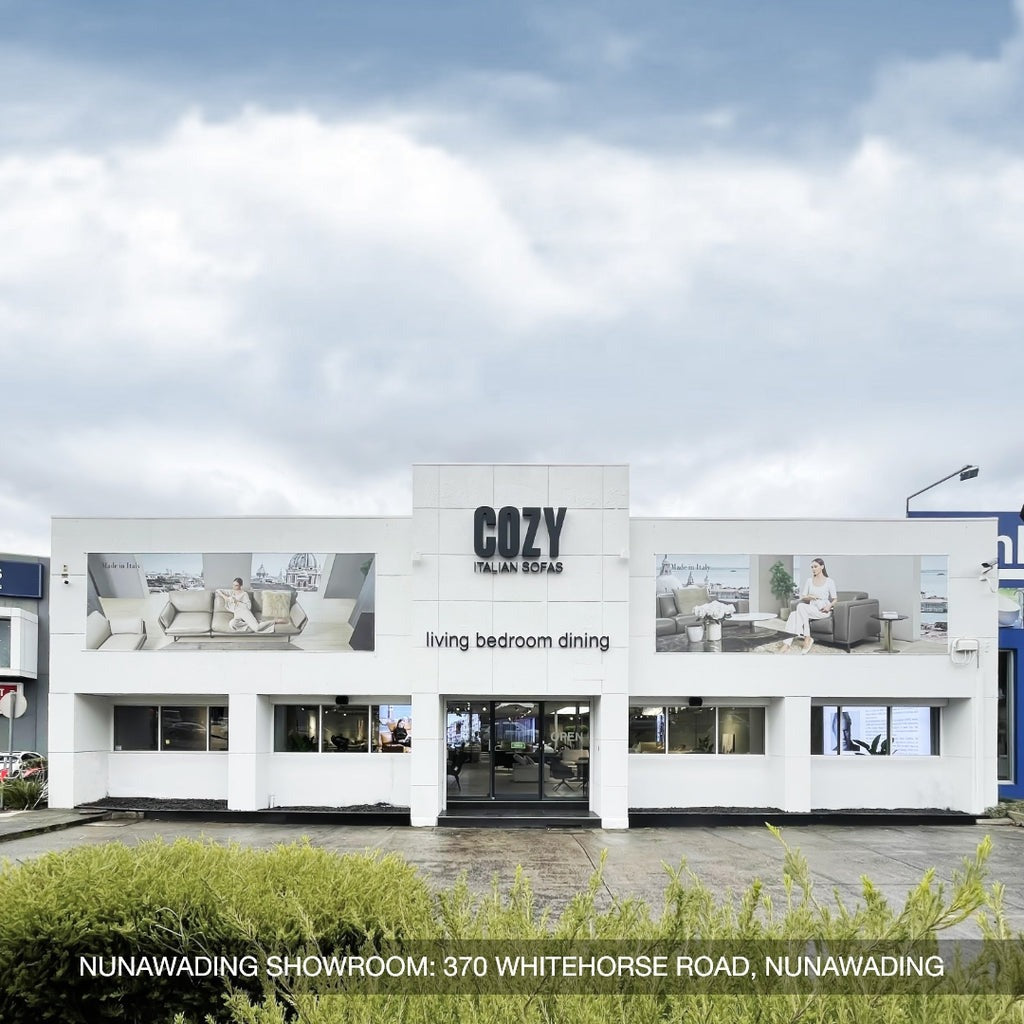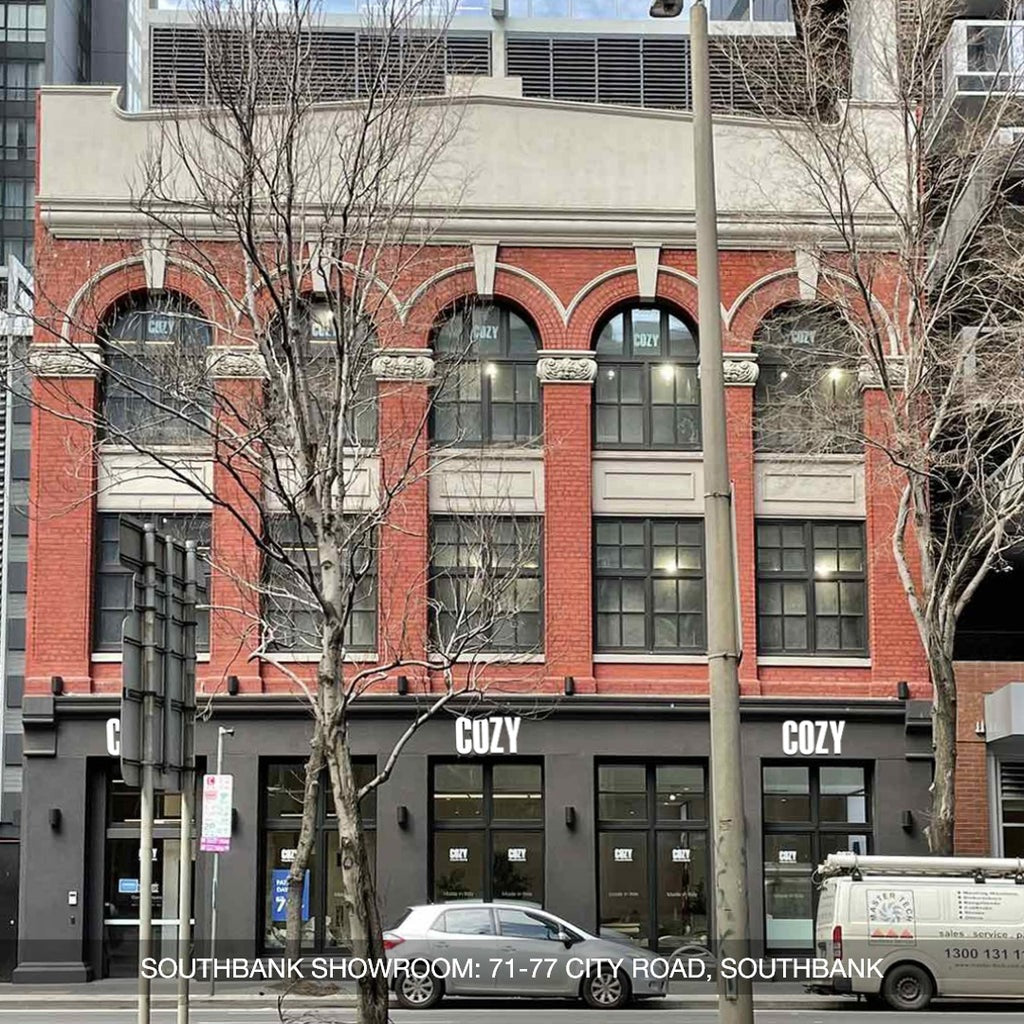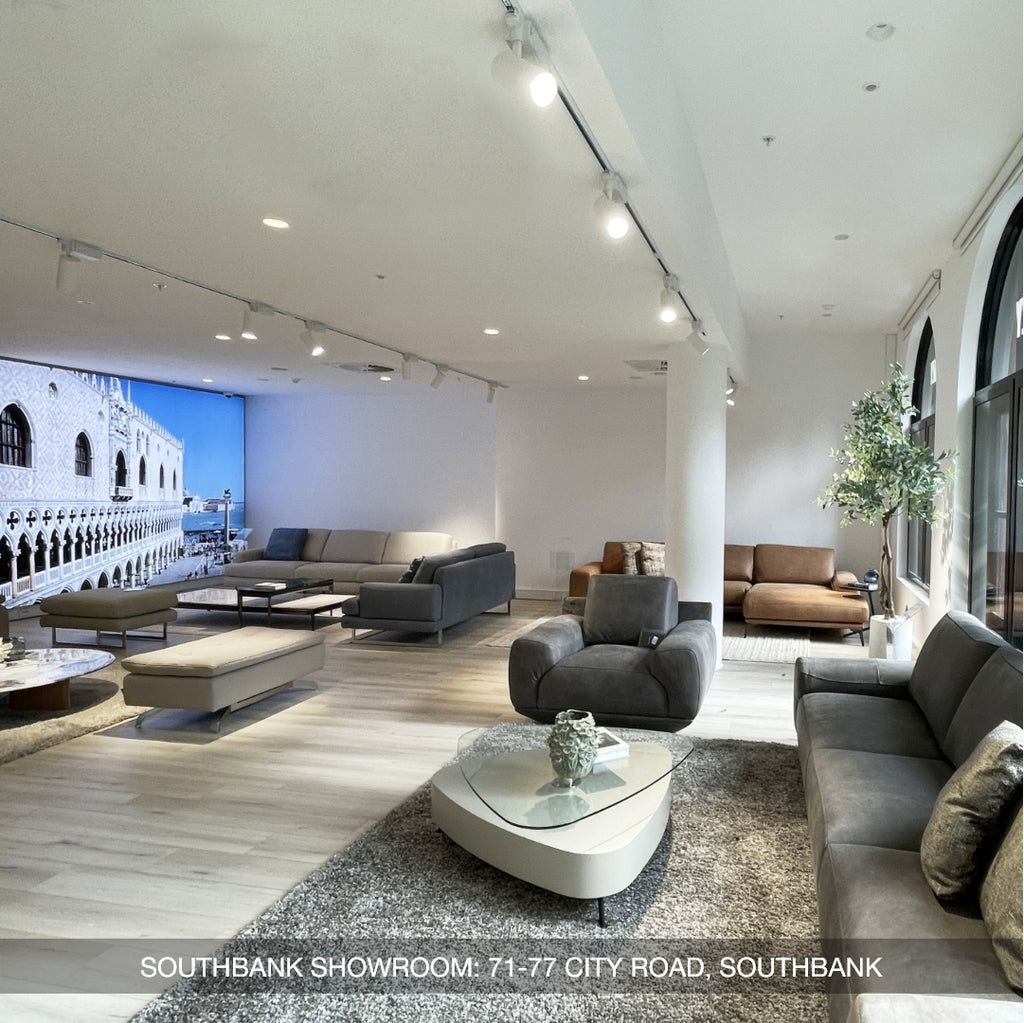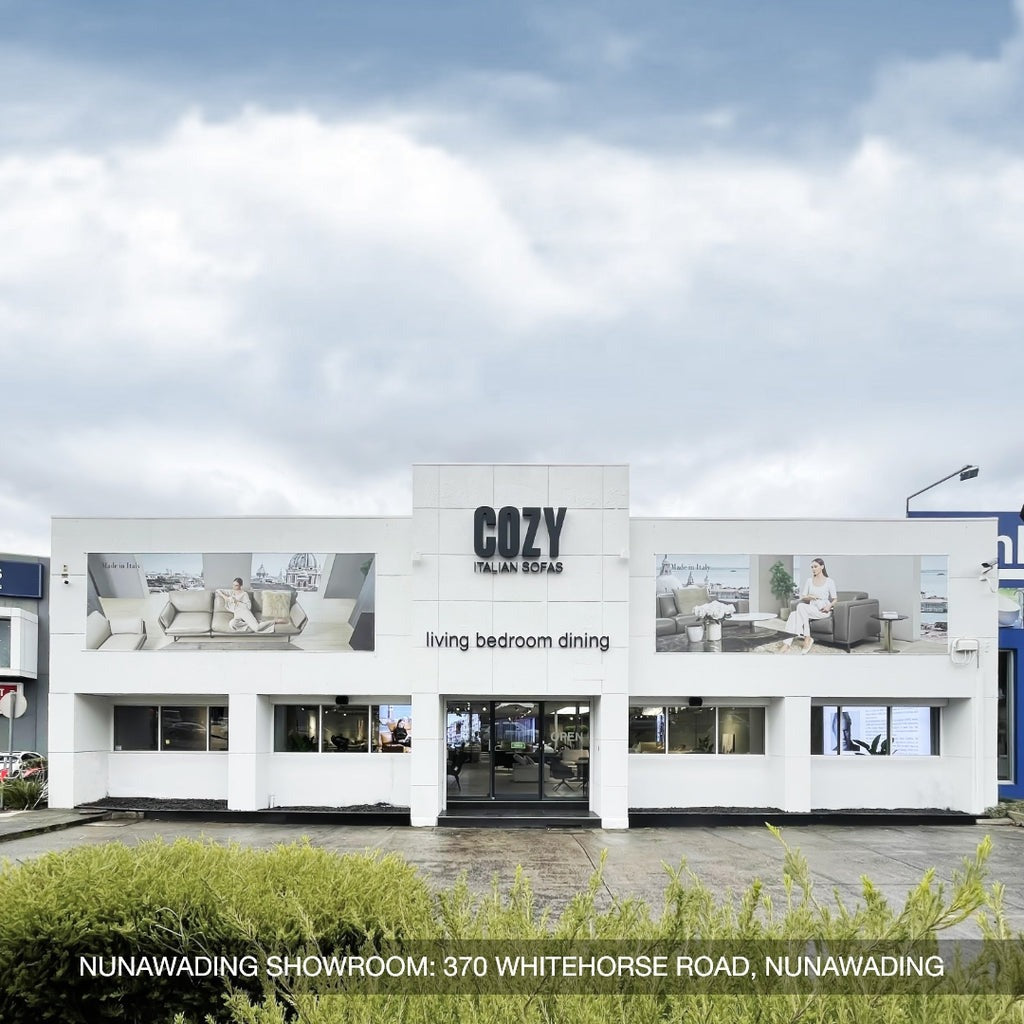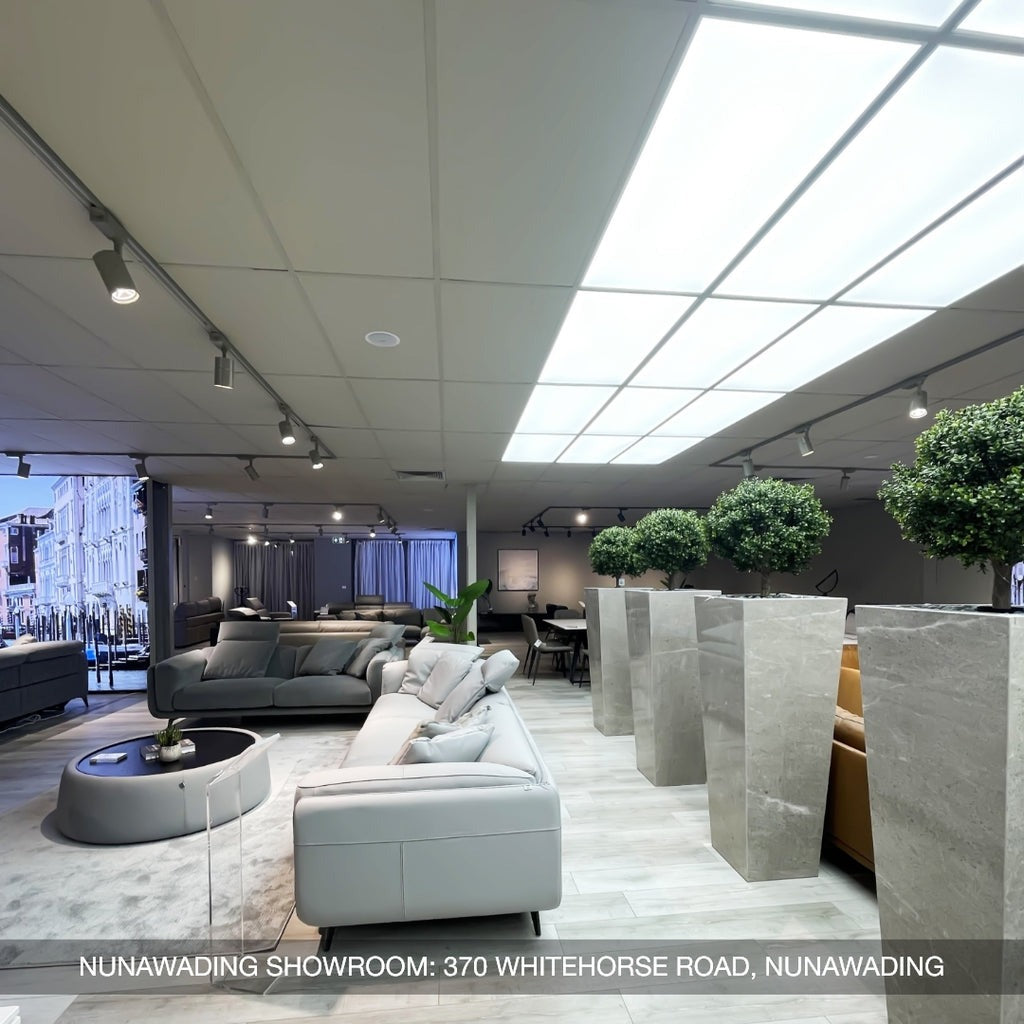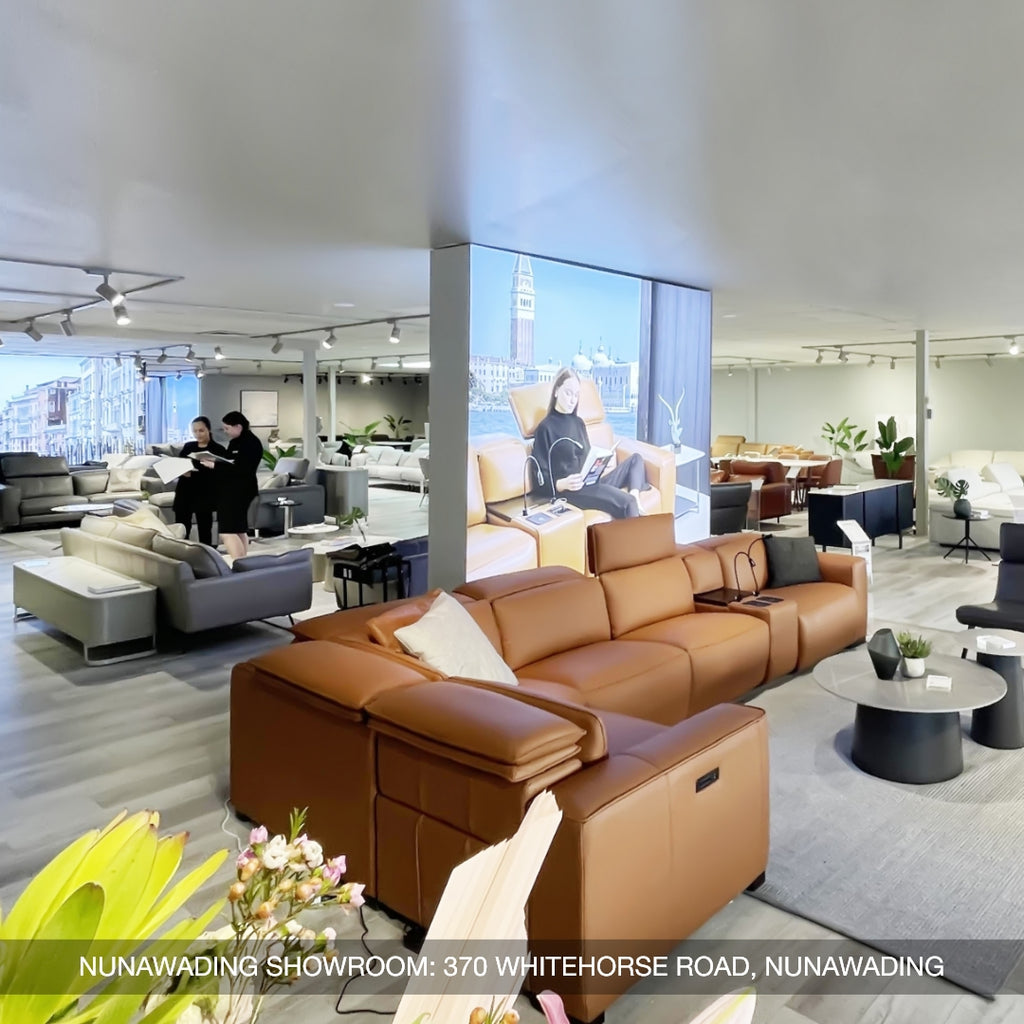Furniture is an essential part of our daily lives, but its price often leaves consumers wondering: why is it so expensive? The answer lies in various furniture cost factors that influence the market, from raw materials and craftsmanship to transportation and brand reputation. This furniture price guide explores the key reasons behind the seemingly steep costs, shedding light on what makes furniture a valuable investment rather than just a purchase.
Materials Matter
Quality furniture pricing is often driven by the use of premium materials solid woods, such as oak, walnut, and teak, which are celebrated for their durability, grain patterns, and ability to age gracefully. For example, a solid oak dining table can last over 20 years, with prices ranging from $1,500 to $3,500, depending on the craftsmanship. In contrast, particleboard and MDF are cheaper alternatives, with costs starting as low as $150 but a lifespan of only 5–7 years.
Many furniture brands now focus on sustainability by using FSC-certified woods or reclaimed materials. These practices not only align with eco-conscious values but also increase manufacturing costs. For instance, sustainable furniture brands like reclaimed wood tables at prices 20% higher than non-sustainable counterparts. Consumers investing in such pieces can feel confident about their impact on the environment.
The choice of fabric can also elevate costs significantly. Materials like top-grain leather, Belgian linen, and wool are known for their luxurious feel and durability. For example, a leather sofa starts at $2,000 for high-quality leather, compared to $800–$1,200 for synthetic or faux leather options.
Craftsmanship Counts
Artisan-made furniture demands meticulous attention to detail, significantly increasing costs. For example, a handcrafted walnut coffee table may cost upwards of $2,500 compared to $300–$600 for a machine-made version. This price difference accounts for the time, skill, and resources needed to produce one-of-a-kind pieces.
Superior joinery techniques, like dovetail joints or mortise-and-tenon construction, ensure a sturdy and durable build. Furniture constructed using these methods often costs 15–30% more than mass-produced items but lasts significantly longer, making it a worthwhile furniture investment.
Customizable furniture allows buyers to select dimensions, finishes, and materials to suit their preferences. While this level of personalization makes the furniture more functional and aesthetically pleasing, it also increases production times and costs. For instance, a customized sectional sofa might cost $4,000–$6,000, whereas standard models are priced at $1,500–$3,000.

Custom furniture offers the advantage of tailored dimensions, finishes, and materials, allowing buyers to create pieces that meet their specific needs and style.
Design and Originality
High-end furniture often incorporates unique, original designs that involve extensive research and development. From ergonomic innovations to artistic touches, these pieces stand out from mass-market products. For instance, a designer sofa may include patented reclining technology or handcrafted accents, which add to the cost.
Quality furniture is designed to maintain its aesthetic appeal over time, resisting trends that make cheaper alternatives obsolete. Timeless designs reduce the need for frequent replacements. For example, seasonal buying guide often highlight evergreen styles like mid-century modern or rustic farmhouse, which hold their value longer than trendy, fast-furniture designs.

High-end furniture often features unique, original designs that require significant research and development.
Investment in Longevity
High-quality furniture is built to endure regular wear and tear without losing functionality or aesthetic value. For instance, hardwood tables with strong joints resist damage compared to cheaper alternatives made from particleboard. Materials such as premium leather or solid wood are integral to this durability, backed by quality certifications that ensure compliance with industry standards.
Although the initial cost is high, investing in durable furniture can save money over time. Cheap furniture often needs to be replaced every few years, while high-quality options last for decades. For example, a study shows that durable furniture lasts up to five times longer, reducing overall spending.
Sustainability is another factor influencing price. Investing in long-lasting furniture reduces waste and supports eco-friendly practices. Certifications like FSC (Forest Stewardship Council) ensure wood is responsibly sourced, aligning with green initiatives.
Despite high prices may initially seem daunting, they reflect durability, sustainability, and superior design that elevate your living space. Leveraging a well-prepared furniture price guide and staying mindful of furniture shopping timing ensures you maximize value while adhering to your budget.
Consider exploring a shopping methods comparison to weigh the benefits of in-store experiences versus online convenience. Familiarize yourself with furniture terminology to better understand product descriptions and make informed decisions about materials, construction, and finishes.
For those seeking durable, elegant, and thoughtfully designed pieces, COZY offers a curated selection of quality furniture that meets these exacting standards. Visit COZY today to transform your home with premium, beautifully crafted furniture.

